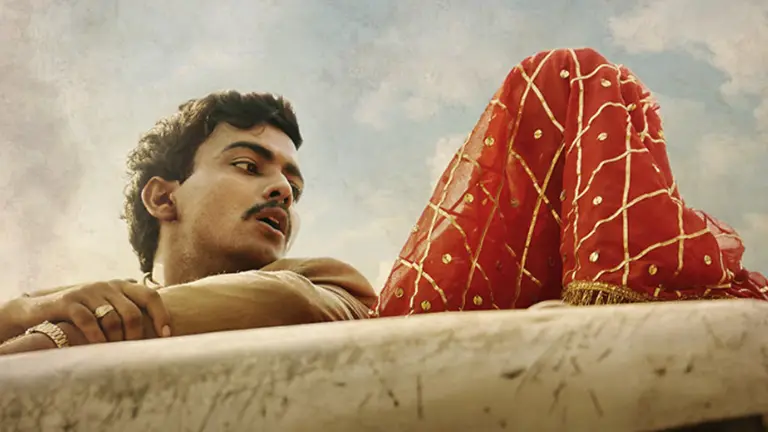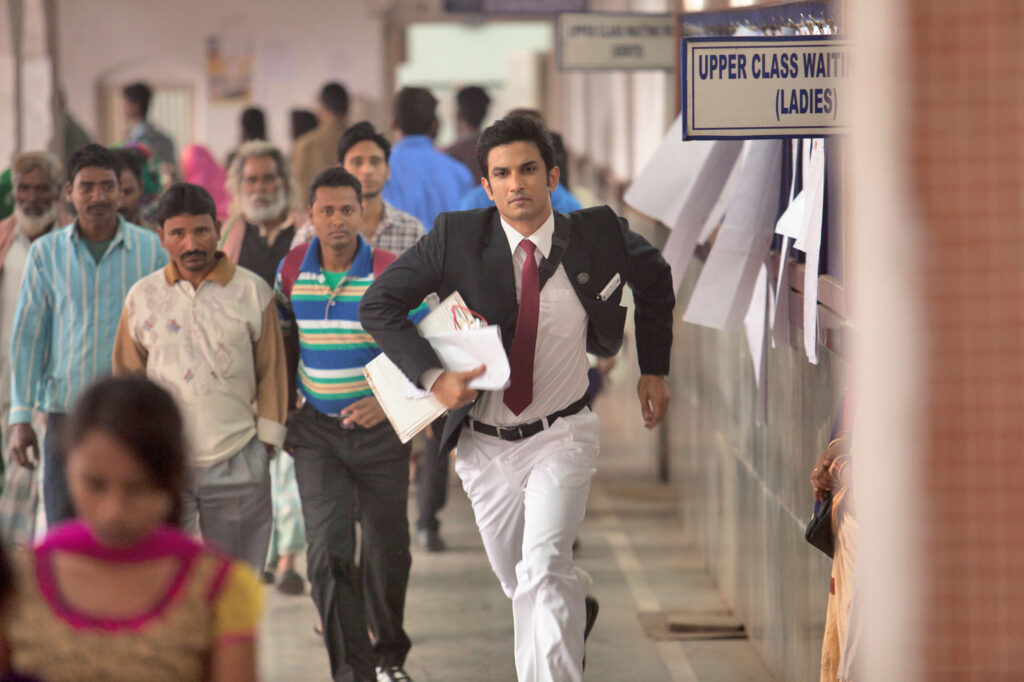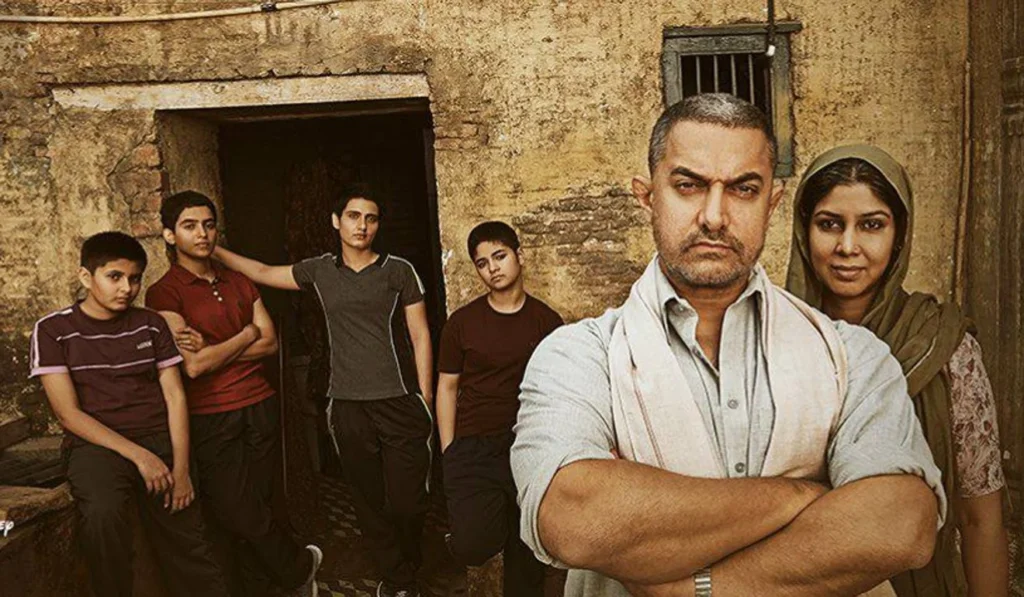Where do women vanish into the ether? Only when they choose to, for they are almost always enshrouded within someone’s gaze. Yet, in Kiran Rao’s captivating second venture, Laapataa Ladies, the mystery unfolds amidst a jaw-dropping tale of bride-swapping, deep within the heart of the fictional Nirmal Pradesh.
Just like the enigmatic name of the locale, the narrative is wholly imaginative, yet Rao’s film resonates with pulsating beats of feminism—each a pointed strike at enduring truths, as relevant today as they were in 2001, the film’s setting. Set against the backdrop of early mobile phones and trains halting at every quaint station, this is a world where girls, whether groomed to be mere wives or those with inklings of independence, find the courage to reclaim their voices.
Rao wields the ‘ghoonghat’ as a potent symbol in her film, scripted masterfully by Biplab Goswami. Newlyweds Phool Kumari (Goel) and Jaya (Ranta), their faces veiled beneath identical crimson ‘chunris’, are thrust into a quandary: one finds herself stranded at a station, while the other unwittingly enters the wrong ‘sasural’, much to everyone’s dismay. Phool struggles desperately to recall her husband’s village (“it starts with some flower’s name”), while the more educated Jaya fights to remain concealed, her motives slowly unfurling. Are they truly lost? The burdensome labels of daughter-sister-wife-mother render women faceless, whether veiled or not. Memories surface of the women in my family, particularly the new brides, hidden behind their veils—a regressive ‘tradition’ that still persists. Step closer, seekers of Patriarchy 101, and witness how women of yore navigated these murky waters: faces fully veiled before the ‘sasur’ and ‘jeth’ (the elder men), yet slightly unveiled for the ‘devar’, the younger brothers and cousins of the husband. In this delicate dance of push and pull, women learned to ‘adjust’, to carve out slivers of life for themselves.
“Biwi kho gayi,” chuckles Manohar (Kishan), the delightfully corrupt head of the local police station where Phool’s distraught husband (Srivastava) seeks solace to file a missing persons report. Rao deftly exposes the casual misogyny of law enforcement, the skewed power dynamics in public spaces, and the treatment of women both within and beyond the confines of home. While some scenarios may seem staged and certain characters—such as the benevolent trio at the station, who become Phool’s pillars of strength—border on the theatrical, you can’t help but cheer as the male chauvinists stumble and the resilient ladies rise.
The ensemble, mostly comprised of fresh faces, is perfectly suited for this cinematic tapestry—a tale that would have been diminished by recognizable stars. Aamir Khan as the groom? Perish the thought. Kishan shines as the cop with a conscience, though I’m relieved he doesn’t undergo an improbable transformation. Geeta Agarwal deserves a role beyond the stereotypical Bollywood mother she’s become. Yet, it is Goel, with her ethereal innocence, and Ranta, embodying a role that demands both wisdom and vulnerability, who truly steal the show. The film fearlessly injects political jibes (“sarkaar badli, gaaon ka naam bhi badla”) and mocks the age-old clichés meant to confine women. “Pati bhi naya, joota bhi naya, koi bhi gadbaa jaata,” is a sassy rebuttal to the notion that the entire mix-up is the bride’s folly—after all, she should have recognized her groom by his shoes!
Laapataa Ladies unabashedly wears its message on its sleeve, yet its resolutely feminist core eclipses any broad strokes. Sometimes, truths demand a resounding voice. In the end, what’s lost is hesitation and illusion. What’s found is a profound sense of identity and self-worth. And I, for one, am completely captivated.
Step into the vibrant world of Laapataa Ladies, where every frame pulsates with intrigue and every character holds a piece of the enthralling puzzle.



